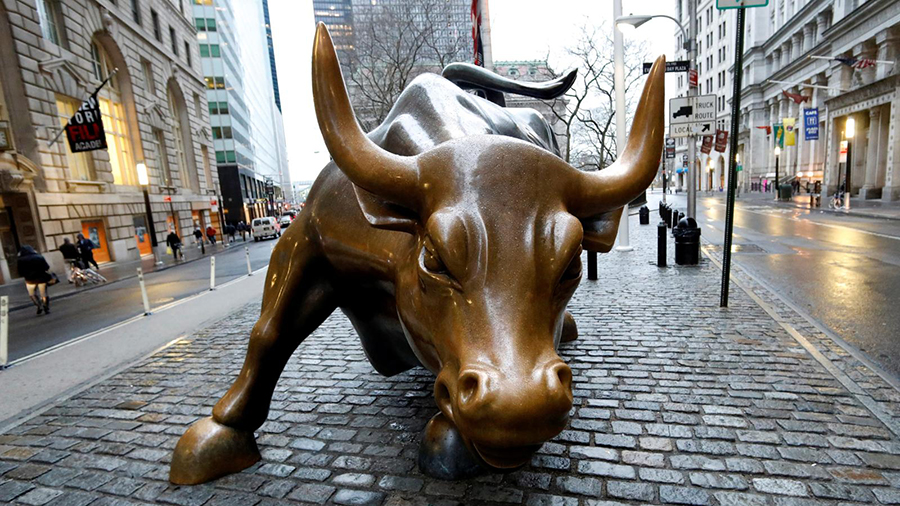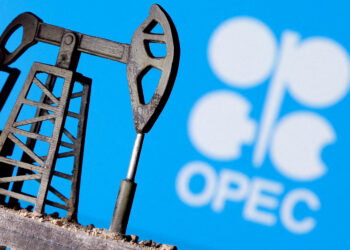In America, the S&P 500 Index gained about 1.5% to close at 2,789.82, while the Dow Jones Industrial Average surged by 1.2% to end its trading day at 23,719. The Nasdaq 100 also closed 0.8% higher at 8,153.58.
For this week in the global financial market, the S&P 500 gained 12.1%. That was its biggest one-week gain since about four decades ago when it rallied more than 14%.
The Nasdaq had its best week since 2009, gaining about 10.6%. The Dow Jones 30 also increased by more than 12% for one of its biggest weekly surges on record.
Also, in Asia, Japan’s Nikkei 225 climbed up to 0.79% to close at 19,498.50, while the Topix index plunged to 0.92% to end its trading day at 1,430.04.
(READ MORE: Bulls dominate Nigerian bourse, investors gain N162 billion)
The Chinese Shanghai composite dropped by about 1.04% to about 2,797 points.

In commodities: The G20 Energy Ministers failed on Friday to devise structured planning to support OPEC+ nations in cutting oil production to stop the bearish trend in oil prices. Meanwhile, Brent crude dropped by $1.36, or 4.1%, to settle at $31.48 a barrel.
Gold: The prices hit a seven-year high. The measures taken by the U.S. Federal Reserve to boost the economy reinforced the demand for the gold. Gold futures settled at $1752.80, up $68.50 or +4.07%.
Currencies: The U.S. dollar index, which tracks the greenback against a basket of its peers, was last at 99.424 after slipping from levels above 100.5 seen earlier in the trading week.
At the currency exchange rate under the investors and exporters (I&E) window, the naira dropped slightly to close at 386.8. Meanwhile, the NAFEX rate was trading at N384.4 while the Central bank official exchange rate remained flat at N360. Consequently, the foreign exchange rate was reviewed upward to N360 per dollar.
(READ ALSO: Lafarge, Wema, UBA, Dangote Sugar lead weekly gainers’ chart)
Meanwhile, the dollar’s index against major currencies (including the Japanese yen, British pound, Euro, Swedish krona and Swiss franc) stood lower at 99.53 in early Friday trade.
The dollar index is down 1.1% so far this week. This comes as safe-haven flows to the American dollar softened, based on rising optimism that Europe and America will survive the damages caused the COVID-19 pandemic.




















